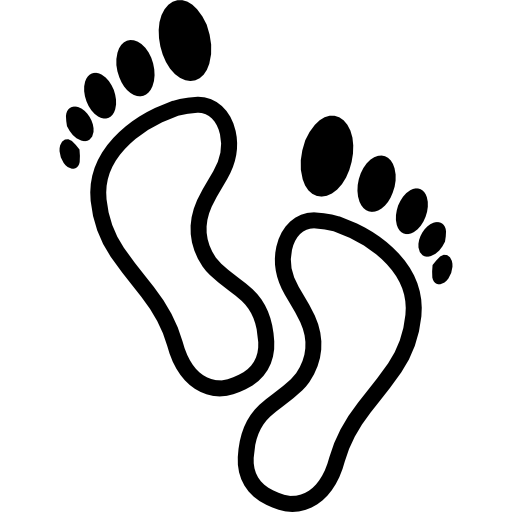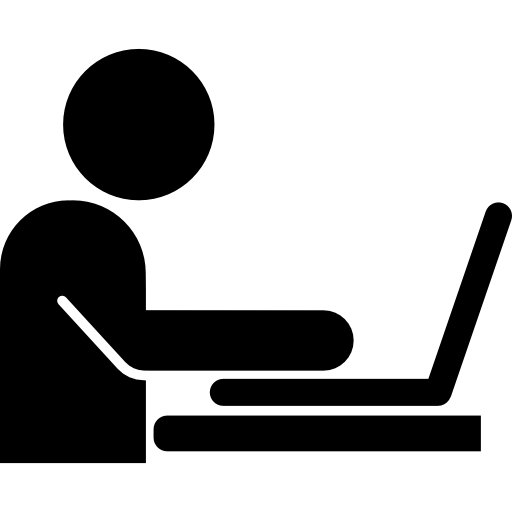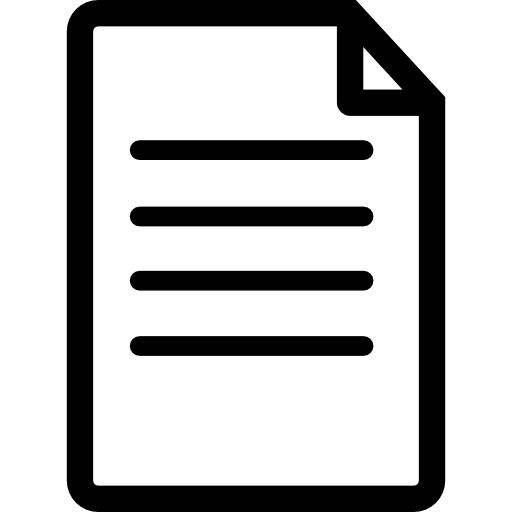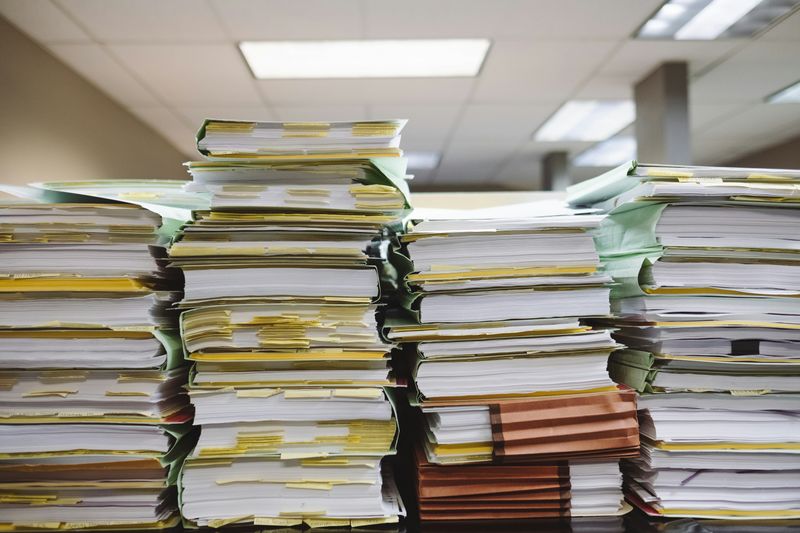
This logo isn't an ad or affiliate link. It's an organization that shares in our mission, and empowered the authors to share their insights in Byte form.
Rumie vets Bytes for compliance with our
Standards.
The organization is responsible for the completeness and reliability of the content.
Learn more
about how Rumie works with partners.
Paper is used for a wide variety of purposes:
books
newspapers
magazines
arts & crafts
packaging
cleaning supplies
notebooks and journals
office and school documents
Why should I reduce my paper usage?
Reducing your reliance on and use of paper in all its forms can result in significant savings.

Financial savings
Reduce the need to regularly resupply disposable items like paper plates, cups, paper towels, etc.
Reduce indirect costs of paper usage
Reduce costs associated with disposal

Environmental savings
Preserve biodiversity in natural habitats
Reduce energy and greenhouse gas emissions
Reduce waste going to landfills
How to do a paper audit?
A paper audit is the first and most important step in reducing paper consumption because it tells you where you can make the most impact.

Identify the paper you use
At home: consider paper products in the kitchen, bathroom, office, and other places, including subscriptions to print media.
At school: consider syllabuses, textbooks and other reading materials, class assignments and notes, and research notes and photocopies.
At the office: consider printing drafts and final reports, flyers, meeting and project notes, and other documents shared with co-workers.
Other locations: consider receipts, food containers and packaging, and other paper from grocery stores, restaurants, travel, and more.
Reduce your paper usage at home
With your audit complete, now you know exactly where in your home you can reduce your paper usage with the greatest impact.
 Photo by Jonathan Borba on Unsplash
Photo by Jonathan Borba on UnsplashIn the kitchen and eating areas
Choose cloth napkins that can be washed and reused
Use paperless "paper" towels for spills and clean up
Use silicone or metal straws
Around the house
Choose cloth, glass, metal, or other natural materials for storage and packaging
Switch to paperless billing, invoices, and receipts
Choose digital subscriptions instead of print subscriptions to magazines and newspapers
Reuse paper from school or work for crafts, scrap paper, or other projects
Did you know?
Replacing disposable paper products for more durable materials is a great way to reduce paper. However, replacing them with plastics isn't a good choice. Choose other durable materials like bamboo, natural fibers, metal and glass. These materials can more easily be recycled or composted at the end of their lives.
Reduce paper usage at work, school, or home office
Printer paper is perhaps the most commonly used paper at work. Adopt these strategies to reduce its impact.
 Adopt a digital-first strategy
Adopt a digital-first strategy
Working completely in the digital world can save thousands of dollars, tens of thousands of pages, and millions of acres of forests.
Options for a digital-first strategy:
Don't print emails or other documents
Store and share documents using the cloud
Make PDF documents searchable and with links for easy navigation (paper can't do this)
Choose e-books instead of physical textbooks or other reading material
Use digital whiteboards for collaboration
Use collaboration features available with common software applications
 If you must use paper
If you must use paper
Print double-sided (tip: make this your default printer setting)
Reduce margin sizes and font size
Print multiple pages to a sheet of paper
Keep language clear and concise
Use a high percentage of recycled content and source paper from sustainably-grown forests
Extend the life of paper by turning blank/used pages into scrap and note paper
Did you know?
Creating a paper printing policy can help create company or organization-wide, change. Find out if your work or school already has a policy, and if not, help them create one.
What would Madeline do?
Madeline wants to reduce the amount of paper she uses.
She looks at her daily routines at home and work and decides she has a few opportunities to easily reduce her paper usage.
 Photo by THE 5TH on Unsplash
Photo by THE 5TH on UnsplashWhat would be good choices for her to make?
A. She prints a lot of documents for school and work, so she decides to change her printer settings to double-sided printing.
B. She has a stack of paper towel rolls in her kitchen pantry. As she's wiping up a small spill on the counter, she realizes that a paperless paper towel would make more sense on the small spill. So she decides to purchase paperless paper towels.
C. She takes a lot of notes in her classes and in her work meetings. She has notebooks filled with writing that is sometimes difficult to sort through and stacks of past notebooks she doesn't know what to do with. She decides she'll start taking notes on her laptop.
D. She likes to grab a cup of coffee in the morning and during her breaks in the afternoon. She decides that instead of using the paper cups that are sometimes double-stacked, she'll bring a reusable plastic travel mug.
Quiz
What would be good choices for Madeline to make? Select all that apply:
A, B, and C, are great opportunities that Madeline and you can take to reduce the use of paper and save money. In option D, Madeline knows the paper coffee cups are a waste but plastic isn't a good alternative. If she already has the plastic reusable mug, she should use it, but if she doesn't, then purchasing a metal insulated mug would be a better choice.
Did you know?
Check out this Byte on note-taking methods for college. It has some strategies that work well with digital note-taking!
Take Action
Start with your paper audit, then consider these additional resources and steps to take control of your paper use and impact.
 Photo by Florida-Guidebook.com on Unsplash
Photo by Florida-Guidebook.com on UnsplashThis Byte has been authored by
Sara Hill
Learning Designer | Sustainability Advocate
BLA
